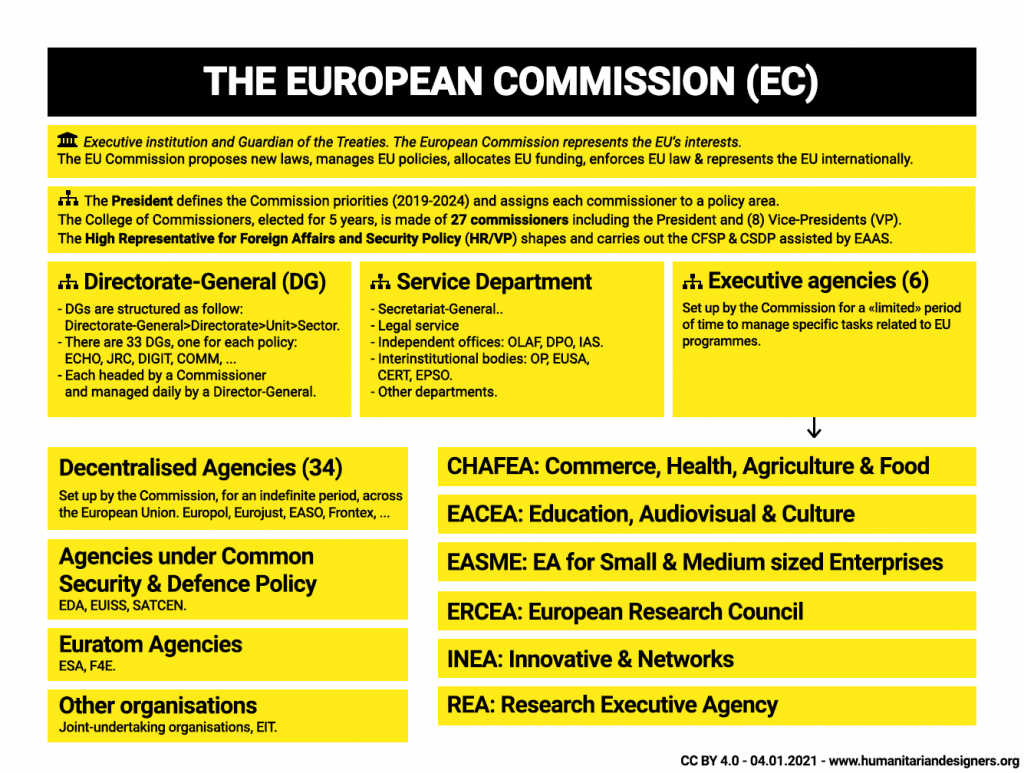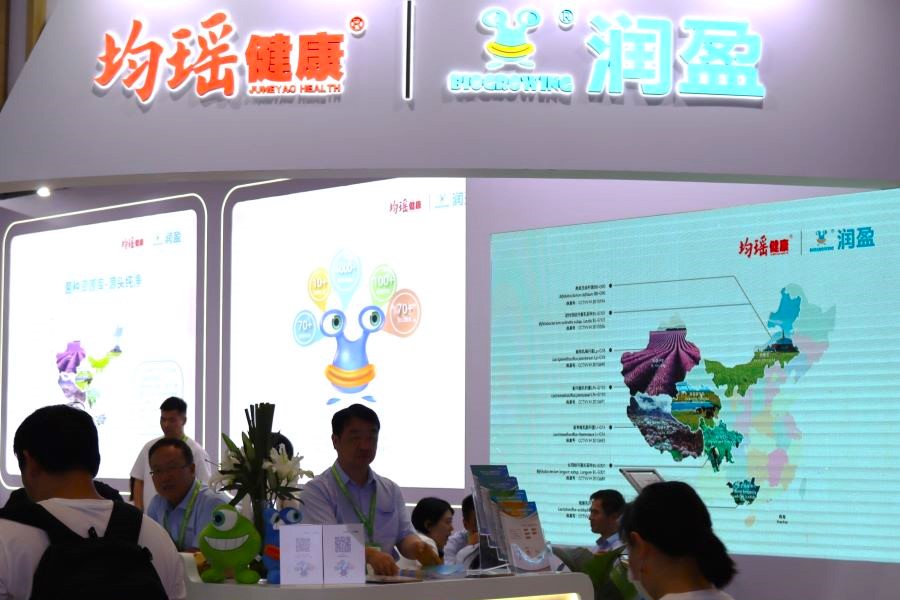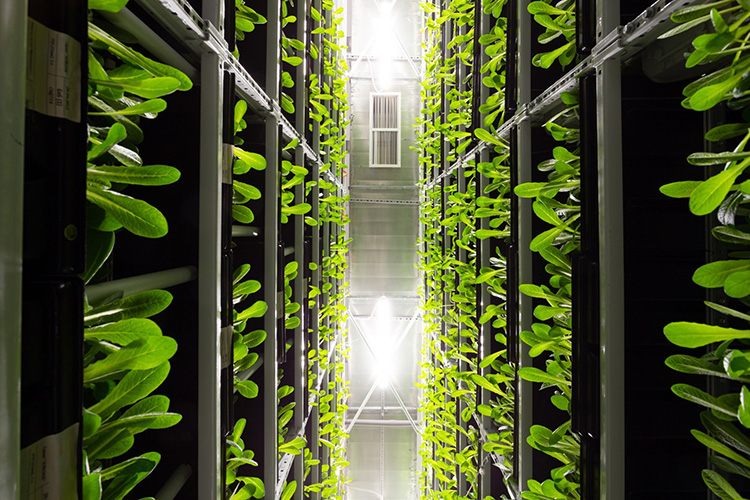Report on the European Union’s Common Agricultural Policy and its Contribution to Sustainable Development Goals
Overview of Beneficiaries and SDG Alignment
The European Union’s agricultural funding, distributed through the Common Agricultural Policy (CAP), supports nearly seven million beneficiaries. The policy is a critical instrument for advancing the United Nations’ Sustainable Development Goals (SDGs) by integrating economic, social, and environmental objectives into its framework.
Direct Income Support for Farmers
In 2022, direct income support was provided to over 5.9 million farmers. This support is designed to ensure income stability and reward farmers for environmental stewardship and countryside maintenance. This initiative directly contributes to several SDGs:
- SDG 1 (No Poverty): By providing a stable income, the policy acts as a safety net for farming households, reducing the risk of poverty in rural areas.
- SDG 2 (Zero Hunger): Ensuring the economic viability of farmers is fundamental to maintaining consistent and secure food production.
In addition to basic payments, the EU promotes voluntary eco-schemes to foster sustainable practices. These schemes are pivotal for achieving environmental SDGs:
- SDG 13 (Climate Action): Encouraging farming practices that mitigate climate change.
- SDG 15 (Life on Land): Rewarding actions that protect the environment, enhance biodiversity, and promote animal welfare.
- SDG 12 (Responsible Consumption and Production): Fostering sustainable agricultural production patterns.
Rural Development Initiatives
EU projects related to rural development engaged approximately 3.5 million beneficiaries in 2022. These projects are structured to support competitiveness, manage natural resources sustainably, and strengthen rural economies. The alignment with SDGs is as follows:
- SDG 8 (Decent Work and Economic Growth): Projects enhance the competitiveness of farming and forestry, thereby supporting rural employment and economic development.
- SDG 11 (Sustainable Cities and Communities): By developing rural economies and communities, these initiatives contribute to balanced territorial development.
- SDG 15 (Life on Land): A core objective is the sustainable management of natural resources, directly supporting the conservation of terrestrial ecosystems.
Agricultural Market Support Measures
In 2022, market measures benefited approximately 110,000 recipients. These interventions aim to stabilize agricultural markets, prevent crises, and help the sector adapt to market fluctuations. This support is crucial for:
- SDG 2 (Zero Hunger): Market stabilization measures prevent severe price volatility and supply disruptions, which is essential for food security.
- SDG 8 (Decent Work and Economic Growth): By helping farming sectors adapt to market changes, these measures protect jobs and ensure the long-term viability of agricultural enterprises.
Analysis of Sustainable Development Goals (SDGs) in the Article
1. Which SDGs are addressed or connected to the issues highlighted in the article?
- SDG 2: Zero Hunger: The article’s core focus is on the EU’s Common Agricultural Policy, which supports farmers, aims for stable agricultural markets, and promotes sustainable farming. This directly relates to ending hunger, achieving food security, and promoting sustainable agriculture.
- SDG 8: Decent Work and Economic Growth: By providing income support to millions of farmers and funding projects to develop rural economies and ensure the competitiveness of farming, the policy contributes to economic growth and supports livelihoods within the agricultural sector.
- SDG 13: Climate Action: The article explicitly states that rural development projects and eco-schemes support “climate action,” demonstrating a direct link to this goal.
- SDG 15: Life on Land: The policy rewards farmers for “taking care of the countryside,” promotes “environmental protection,” and supports the “sustainable management of natural resources and forestry,” all of which are central to protecting and restoring terrestrial ecosystems.
2. What specific targets under those SDGs can be identified based on the article’s content?
-
SDG 2: Zero Hunger
- Target 2.3: By 2030, double the agricultural productivity and incomes of small-scale food producers…
Explanation: The article’s emphasis on providing “direct income support” to over 5.9 million farmers to ensure a “stable income” directly addresses the goal of increasing farmers’ incomes. - Target 2.4: By 2030, ensure sustainable food production systems and implement resilient agricultural practices…
Explanation: The article highlights “eco-schemes” designed to “foster sustainable farming practices” and funding for the “sustainable management of natural resources,” which aligns perfectly with this target.
- Target 2.3: By 2030, double the agricultural productivity and incomes of small-scale food producers…
-
SDG 8: Decent Work and Economic Growth
- Target 8.2: Achieve higher levels of economic productivity through diversification, technological upgrading and innovation…
Explanation: The support for rural development projects that “contribute to ensuring the competitiveness of farming” and market measures that help sectors “better adapt to market changes” are actions aimed at increasing economic productivity in agriculture.
- Target 8.2: Achieve higher levels of economic productivity through diversification, technological upgrading and innovation…
-
SDG 13: Climate Action
- Target 13.2: Integrate climate change measures into national policies, strategies and planning.
Explanation: The EU’s Common Agricultural Policy, as described, is a large-scale policy that integrates “climate action” into its funding mechanisms through rural development projects and eco-schemes.
- Target 13.2: Integrate climate change measures into national policies, strategies and planning.
-
SDG 15: Life on Land
- Target 15.1: By 2020, ensure the conservation, restoration and sustainable use of terrestrial and inland freshwater ecosystems and their services, in particular forests…
Explanation: The article mentions that rural development funds “support the sustainable management of natural resources and forestry,” directly contributing to this target.
- Target 15.1: By 2020, ensure the conservation, restoration and sustainable use of terrestrial and inland freshwater ecosystems and their services, in particular forests…
3. Are there any indicators mentioned or implied in the article that can be used to measure progress towards the identified targets?
Yes, the article provides several quantitative figures that can serve as indicators to measure the scale and reach of the EU’s agricultural policies.
- Number of beneficiaries of direct income support: The article states, “In 2022, more than 5.9 million farmers benefitted from direct income support.” This is a direct indicator for measuring the reach of programs aimed at Target 2.3 (increasing farmer incomes).
- Number of beneficiaries of rural development projects: The figure of “around 3.5 million beneficiaries of EU projects related to rural development” in 2022 serves as an indicator for the scale of efforts towards sustainable resource management (Target 2.4, Target 15.1) and climate action (Target 13.2).
- Number of beneficiaries of market measures: The article mentions “around 110,000 beneficiaries of market measures” in 2022. This indicates the scope of interventions aimed at stabilizing markets, which supports farmer incomes (Target 2.3) and economic competitiveness (Target 8.2).
- Uptake of eco-schemes (Implied): While a specific number is not provided, the article’s mention of “eco-schemes” that are “voluntary for farmers” implies that the number of farmers participating in these schemes is a key indicator for measuring the adoption of sustainable practices that benefit climate and the environment (Targets 2.4, 13.2, and 15.1).
Summary Table of SDGs, Targets, and Indicators
| SDGs | Targets | Indicators |
|---|---|---|
| SDG 2: Zero Hunger |
2.3: Double the agricultural productivity and incomes of small-scale food producers.
2.4: Ensure sustainable food production systems and implement resilient agricultural practices. |
Number of beneficiaries of direct income support (5.9 million in 2022).
Number of beneficiaries of rural development projects (3.5 million in 2022). Uptake of voluntary “eco-schemes” (Implied). |
| SDG 8: Decent Work and Economic Growth | 8.2: Achieve higher levels of economic productivity. |
Number of beneficiaries of rural development projects aimed at competitiveness (part of the 3.5 million).
Number of beneficiaries of market measures (110,000 in 2022). |
| SDG 13: Climate Action | 13.2: Integrate climate change measures into national policies, strategies and planning. |
Number of beneficiaries of rural development projects supporting climate action (part of the 3.5 million).
Existence and uptake of “eco-schemes” designed to benefit climate action (Implied). |
| SDG 15: Life on Land | 15.1: Ensure the conservation, restoration and sustainable use of terrestrial ecosystems. | Number of beneficiaries of rural development projects supporting sustainable management of natural resources and forestry (part of the 3.5 million). |
Source: europarl.europa.eu







